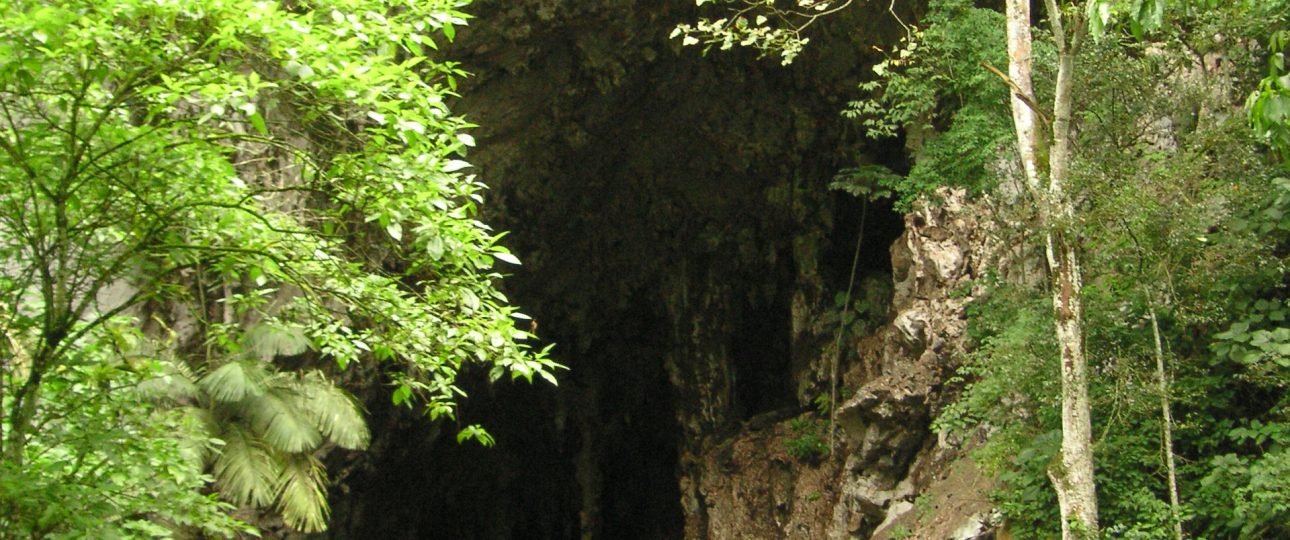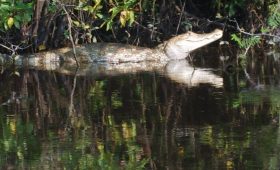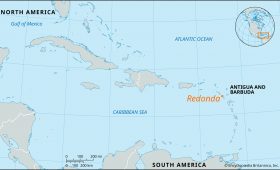Exploring Cueva del Guácharo
Cueva del Guácharo, located in the Monagas state of Venezuela, is a limestone cave system that stretches over 10 kilometers. Known for its stunning geological formations, this cave offers a unique opportunity to witness nature’s artistry. The temperature inside remains a constant 19°C (66°F), with humidity levels at 100%, making it a cool escape from the tropical heat outside.
The Guácharo Birds
One of the cave’s most fascinating features is its inhabitants—the guácharo birds, also known as oilbirds. These nocturnal creatures reside in the cave’s entrance and venture out at dusk to forage for fruit. Their distinctive shrieks fill the air as they leave in flocks, a spectacle that visitors can witness each evening. The guácharos contribute to the cave’s ecosystem by producing guano, a nutrient-rich layer formed from their excrement and regurgitated seeds.
Getting There
Reaching Cueva del Guácharo requires some planning. The cave is approximately 200 kilometers southeast of Caracas. The nearest airport is Maturín Airport. From there, you can hire a taxi or rent a car to reach the cave. Alternatively, buses run from Caracas to Maturín, where you can continue your journey to the cave.
Guided Tours and Exploration
Upon arrival, guided tours are available to navigate the cave safely. These tours provide insights into the cave’s history and geological significance. Guides will lead you through the winding tunnels, highlighting notable rock formations and sharing stories about the cave’s past. Remember to wear comfortable clothing and sturdy shoes, as the terrain can be uneven.
Inside, you’ll encounter underground rivers and pools that add to the cave’s ethereal beauty. Photography is allowed, so bring a camera to capture these moments.
Best Time to Visit
The ideal time to visit Cueva del Guácharo is during the dry season, from November to April. This period offers the best chance for clear weather. However, it can be crowded during peak tourist months. For a quieter experience, consider visiting during the shoulder seasons, such as May to June or September to October.
Local Transportation
Once in the nearby town of Caripe, local transportation options include taxis and buses to the cave entrance. Be aware that the road to the cave is narrow and winding, so if you’re prone to motion sickness, consider taking precautions.
Additional Attractions
Near the cave entrance, the Humboldt Museum offers information about the cave, the national park, and the guácharo birds. This museum provides context and enriches your understanding of the area’s natural and cultural history.
Designated as Venezuela’s first National Monument in 1949, the cave is part of a national park created in 1975 to preserve its unique ecosystem. The park is home to 367 bird species, including some endangered ones, making it a significant site for birdwatching enthusiasts.




